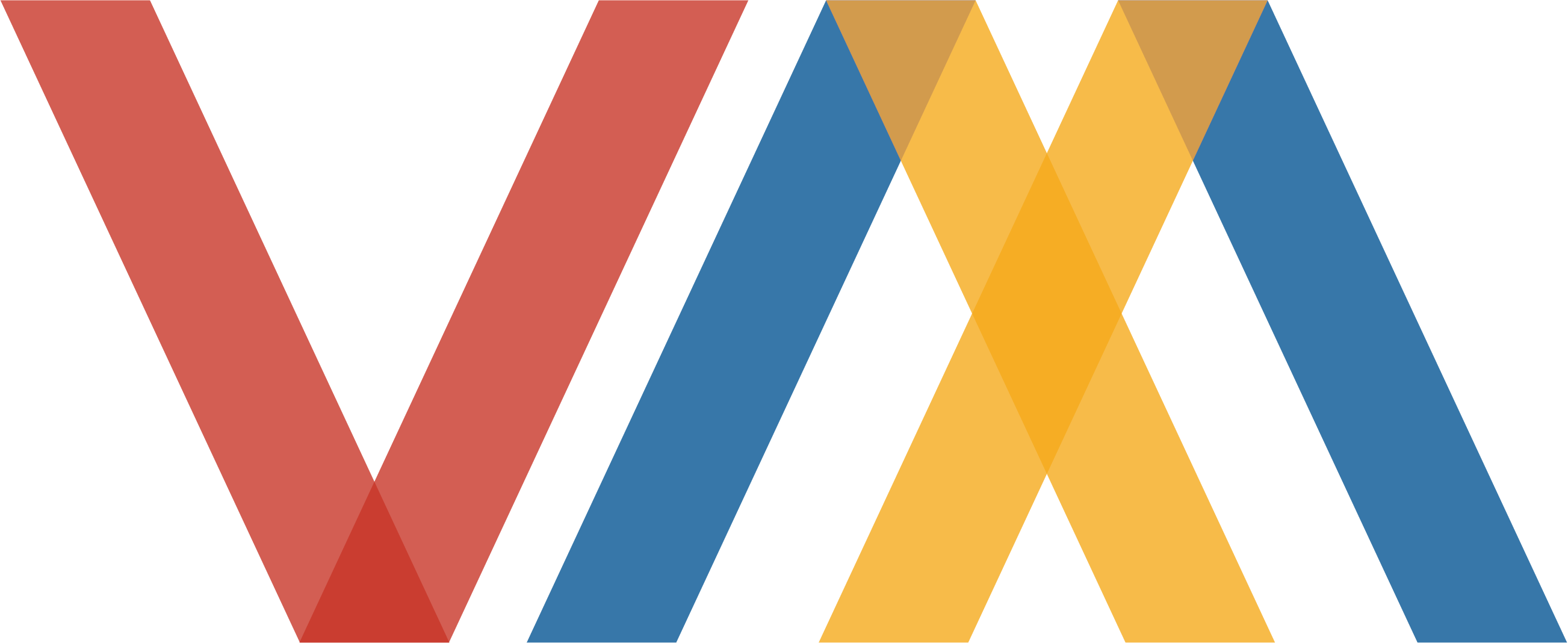Tabular Data Presentation, Representation and Use
Looking for: MSc Student, PhD Student
Tables are probably the most common way of visually representing information for humans, yet they receive very little attention from the information visualization community. Nevertheless, tables and other types of tabular data representations, such as scalar fields and spreadsheets are very interesting for several reasons:
- They are relatively complex to interact with and to extract information from (think, for example, about how you find out what the item with the largest value for a given attribute (column) is in a table; there are a lot of eye movements, following of rows and columns with your eyes, and memory involved).
- They combine information in symbolic form (numbers, text), with information in spatial form (locations).
- They have many variants and can look quite different (with and without zebra stripes, with and without lines to mark rows and columns, with conditional formatting and colours indicating the values), yet we do not know much about how these aspects actually help or hinder their use.
- Almost anyone who deals with data in their job (and this is a majority) has to interact, in one way or another, with tabular data.
- Tabular data often exists in hybrid digital-analog spaces: it can be printed (at different scales) and take advantage of the multiple ways in which people use their body to interact with data (making marks, using fingers as temporary bookmarks and references) or used on a screen, which allows people to reorder and change the information, quickly search and find values and strings, and carry out a plethora of calculations and changes in its visual appearance.
This project, which is customizable in length to the length of student involvement, is about understanding tables and tabular forms of information representation as well as designing new techniques to improve them.
Particularly Interesting If
- Data analysis and analytics is your thing.
- You want to learn analysis of Eye Movement with Gaze Trackers, perhaps also EEG and FNIRs technology.
What Activities You Will Be Expected to Do
- Attending meetings
- Reading scientific papers
- Writing
- Implementing Experimental Systems
- Designing Experiments
- Coming up with new techniques
- Processing and Analyzing data
Requirements/Skills
- Some background in Human-Computer Interaction.
- Some background in Visualization.
- Some data analysis experience.
- Programming:
- Python or R for data analysis.
- Any programming language that can generate interfaces for building experimental interfaces and techniques.
Contacts and Instructions
Contact nacenta@uvic.ca cperin@uvic.ca if you are interested in the position.
Write an e-mail to Charles and Miguel (nacenta@uvic.ca, cperin@uvic.ca). - Use the title of this project as the e-mail subject - Explain, in at most three sentences why this project is for you - Point out how you fullfil the requirements/skills - Describe whether you are funded or not
